The Defending soldiers surrendered at 9:30 am and marched with their hands up to a central point in the city. Nazi soldiers frisked them and made certain that they were unarmed. An invading tank clanked menacingly down a main thoroughfare.
The defenders had put up stiff resistance but could not withstand the German onslaught, and soon enough the victors began a reign of terror. Sound like a village in France in 1940? Try Winnipeg, Manitoba, on February 19, 1942. It was all a simulation, but it was real enough to illustrate just what might happen in the event of Allied defeat and German occupation of the city and the surrounding area.
“If Day,” as it was called, was an elaborately staged mock occupation of Winnipeg and environs engineered by the Greater Winnipeg Victory Loan, an organization hoping to raise $45 million across the province of Manitoba, $24.5 million from Winnipeg alone, during its Second Victory Loan campaign. On If Day alone, more than $3.2 million was collected in Winnipeg.
The occupation itself was quite realistic, and it began after a spirited clash of arms. Planes of the Royal Canadian Air Force, painted to look like Luftwaffe aircraft, buzzed the city on February 18, and the following day about 3,500 Canadian Army soldiers, representing all of the active units from Winnipeg, opposed a volunteer force of mock Nazi invaders. At 5:30 am, Nazi foot patrols probed the city. A radio station was seized, and German broadcasts commenced. German aircraft appeared again and made simulated bombing runs.
Charges were placed, and explosions erupted. Tanks, jeeps and troop carriers were soon in motion, and the first casualties were moved to aid stations by about 8 am. In a matter of hours, the tightly choreographed battle was over.
As the Germans moved in, citizens were rounded up and herded into a detention facility. Local political leaders and prominent civilians were arrested, and the Nazi swastika flag flew above Winnipeg. The main street became Hitlerstrasse, and the city was renamed Himmlerstadt in mock fealty to the odious Reichsführer-SS. A German bureaucrat was installed as the local gauleiter, and the Gestapo established a headquarters. A formal proclamation was issued, describing the intent of the Nazis to colonize all of Canada. The citizens were instructed: “No one will act, speak or think contrary to our decrees.”
The citizens of Winnipeg were subsequently given a new slate of rules to live by, and the notification read in part:
“This territory is now a part of the Greater Reich and under the jurisdiction of Colonel Erich von Neuremburg, Gauleiter of the Führer. No civilians will be permitted on the streets between 9:30 pm and daybreak. All public places are out of bounds to civilians, and not more than eight persons can gather at one time in any place. Every household must provide billeting for five soldiers ….”
Churches were closed, and books were burned, but before the day ended “prisoners” were released to make speeches on behalf of the occupiers.
Then, at 5:30 pm, groups began to gather for a march through the city, carrying banners reading, “IT MUST NOT HAPPEN HERE!” A parade and banquet followed, with a visiting Norwegian dignitary offering the sobering comment that “the make-believe Nazi occupation was an authentic glimpse of German behavior in German-ridden Europe.”
In terms of fundraising, If Day was quite successful, and it received extensive coverage in the media. Winnipeg exceeded its financial goal of $24 million on February 24, while throughout Manitoba more than $60 million was collected. Other communities, some in the United States, hoping to duplicate the success of If Day, inquired as to methods and best practices. One event was held in Vancouver, British Columbia, but on a smaller scale.
It seems the simulation was enough to convince not only the citizens of Winnipeg and environs surrounding that victory was not only desired but an absolute necessity. They had seen and heard of the real thing in Europe, but through grit and sacrifice, they were determined that the mock exercise would be the extent of the German occupation of Canada.
—Michael E. Haskew
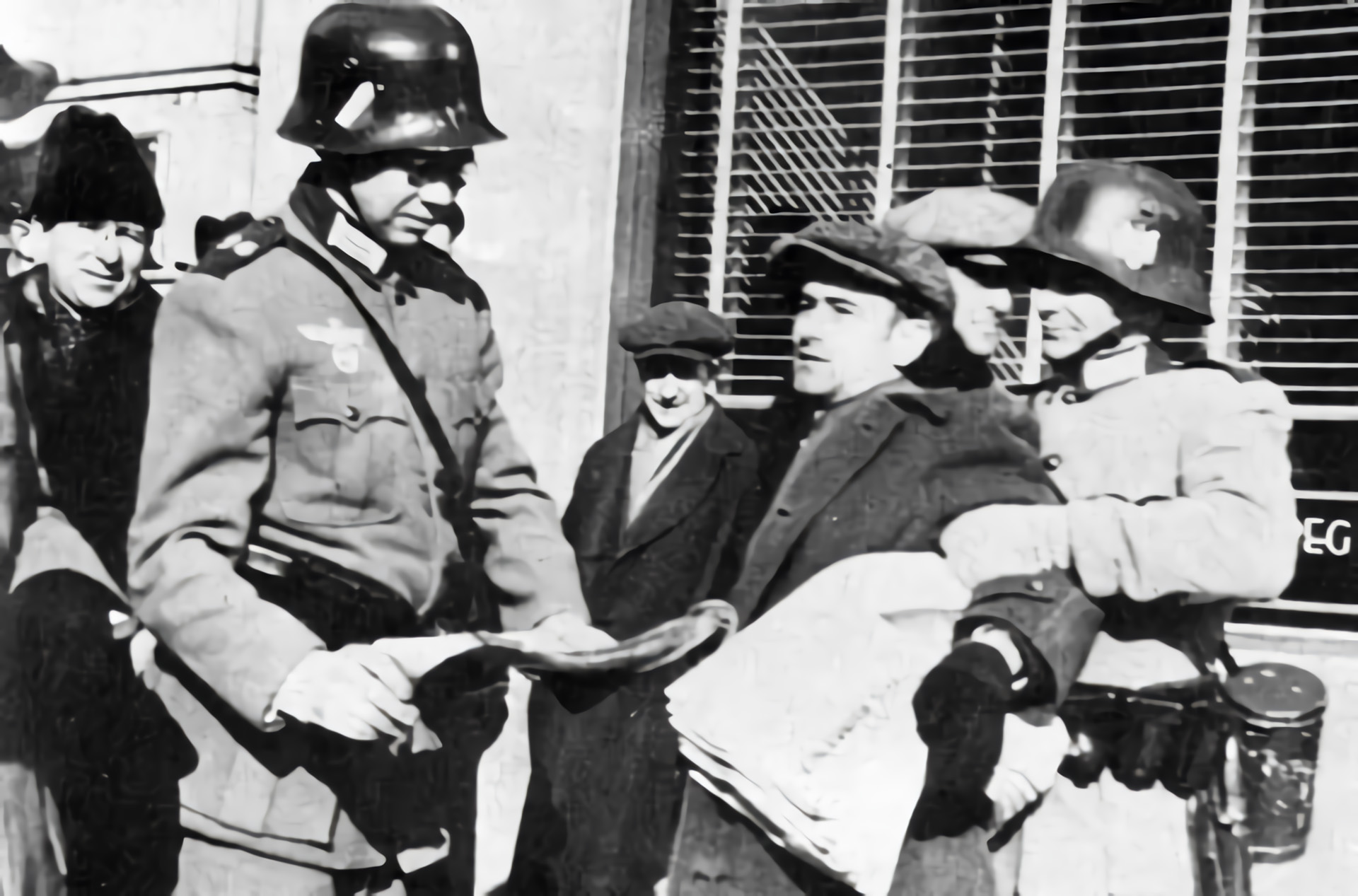
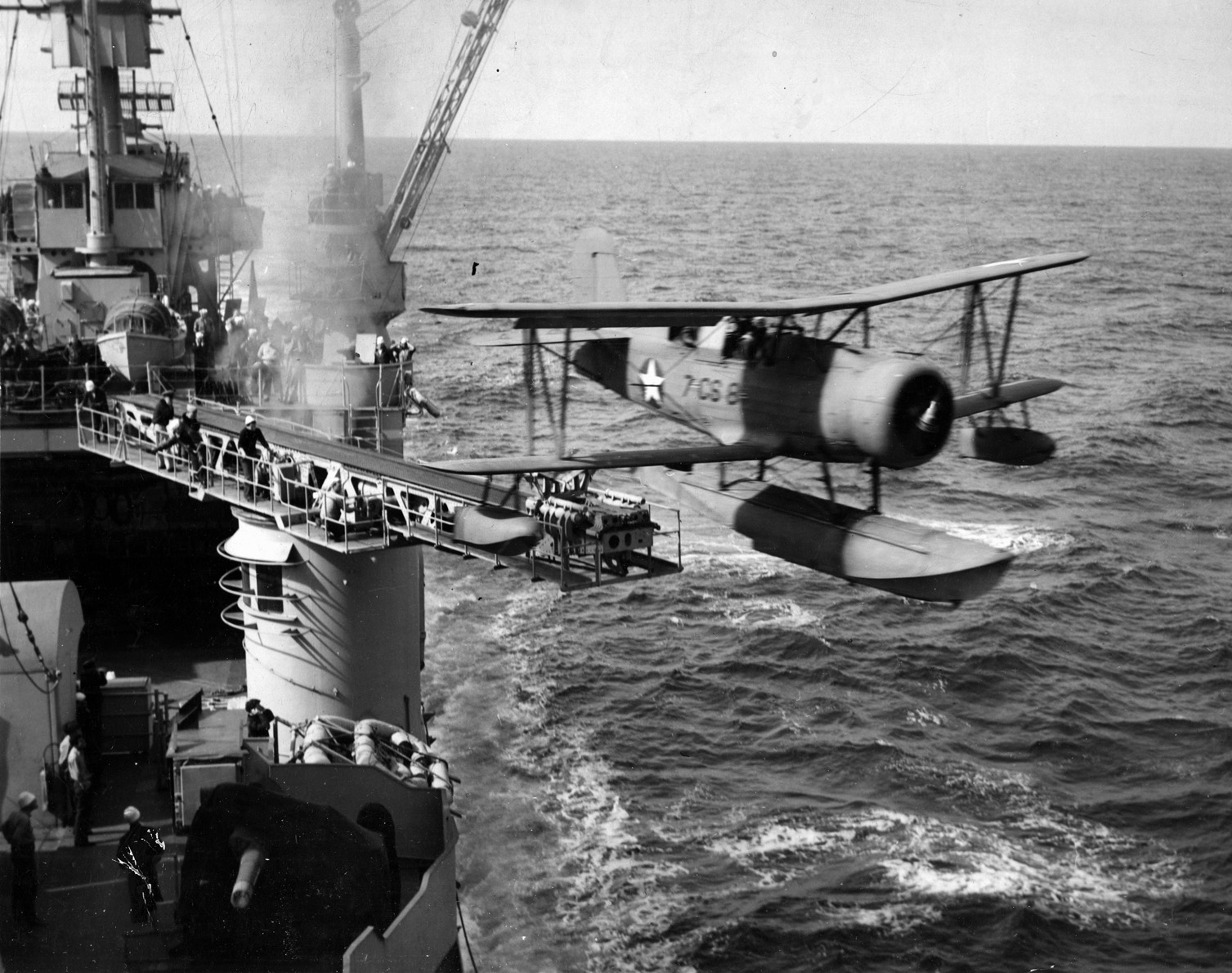
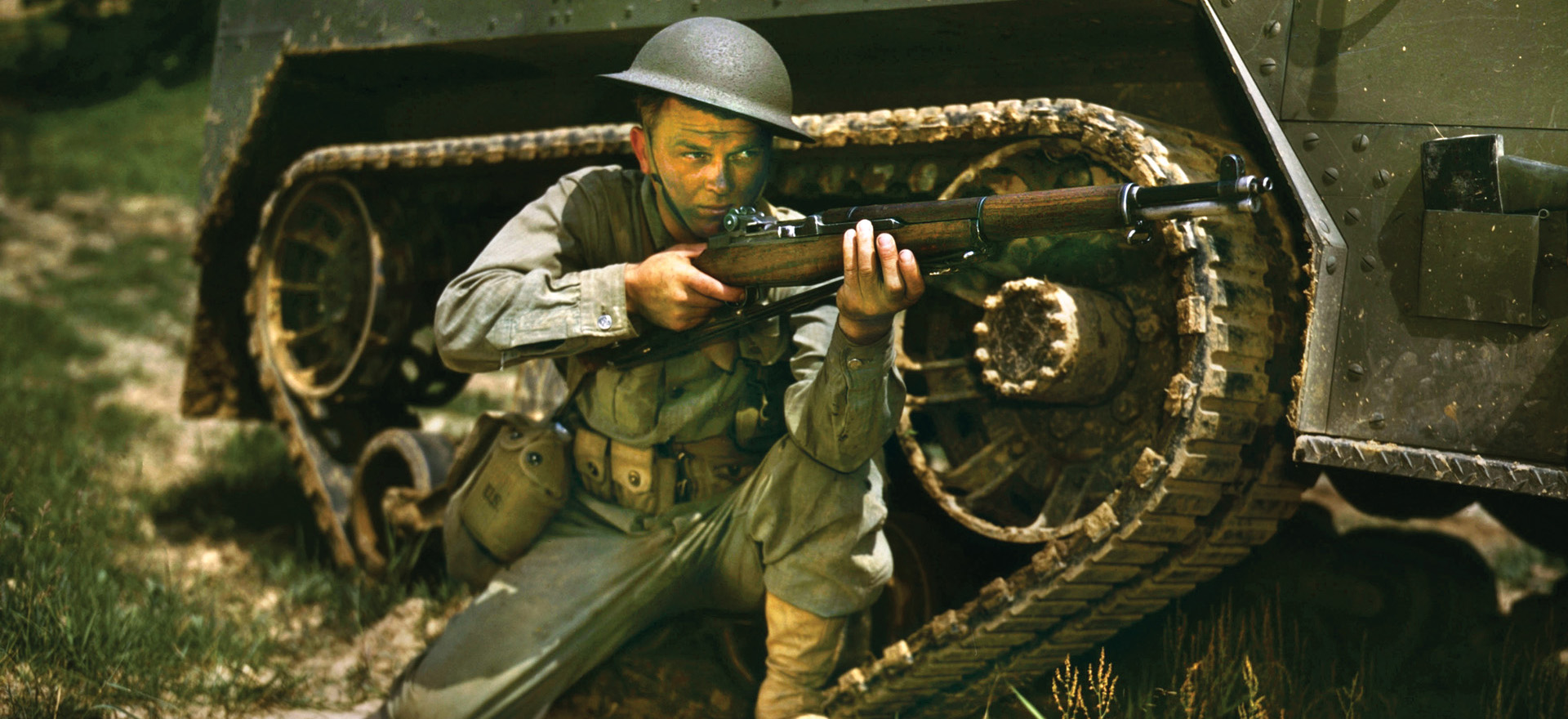
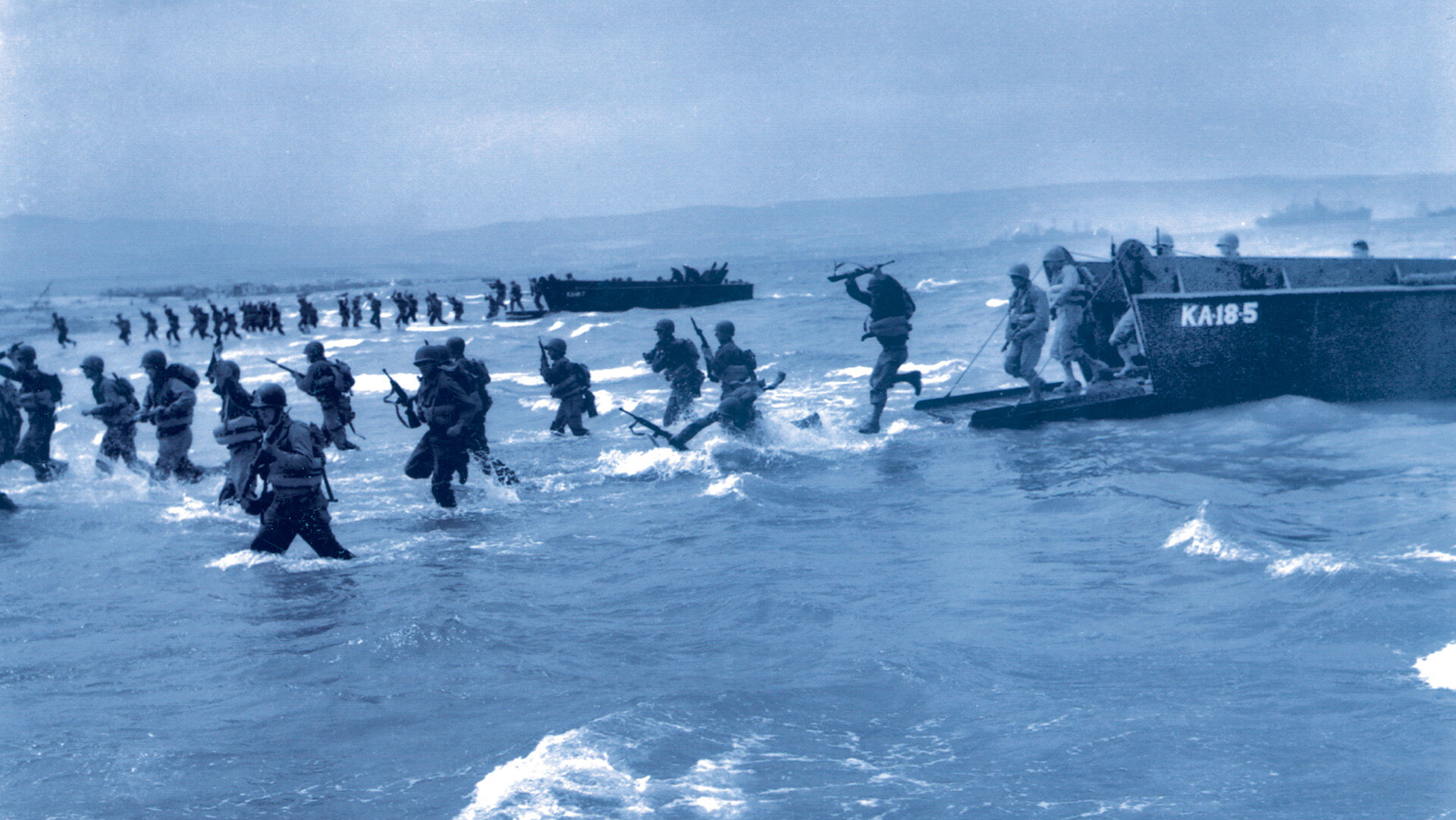
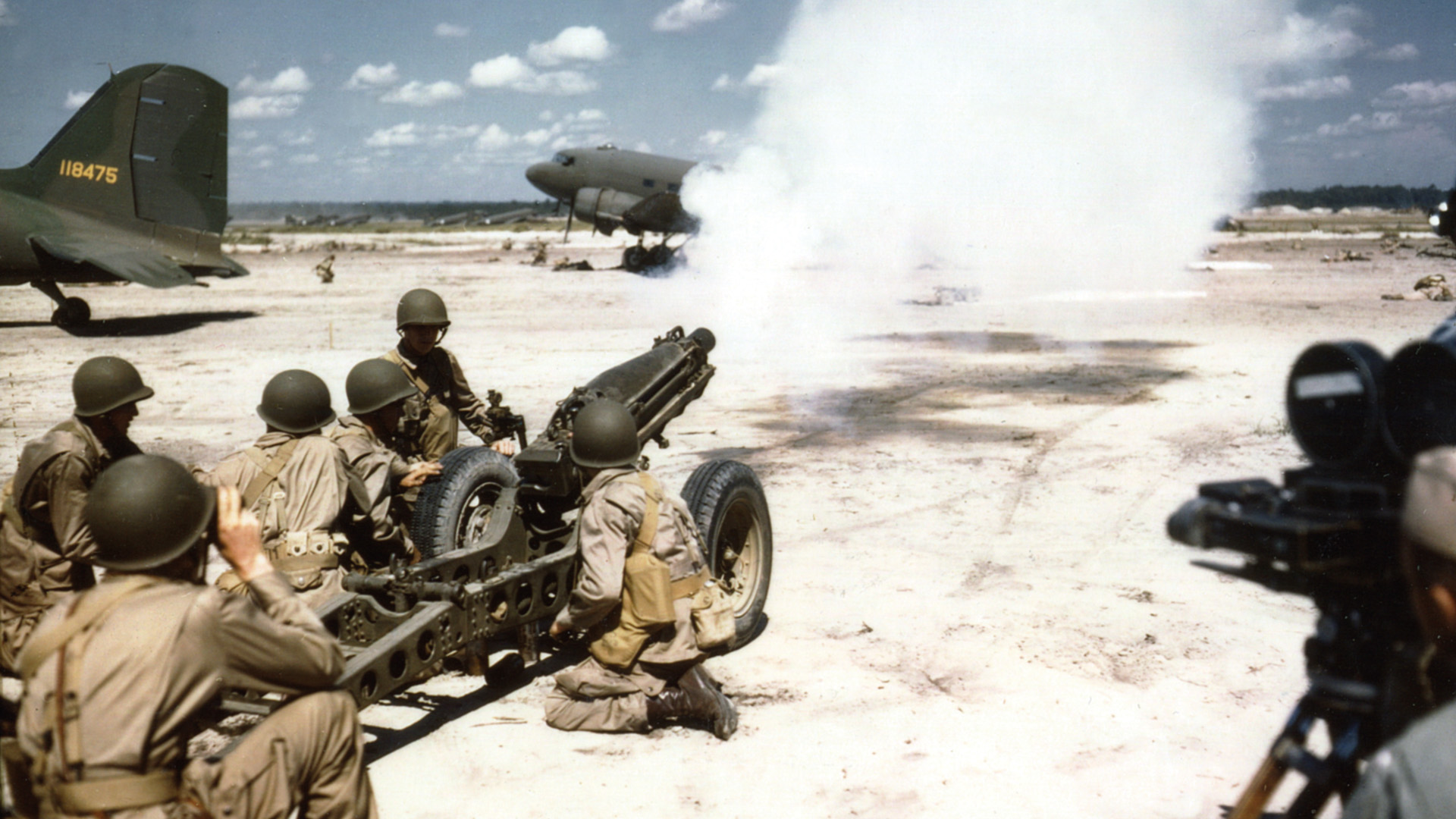
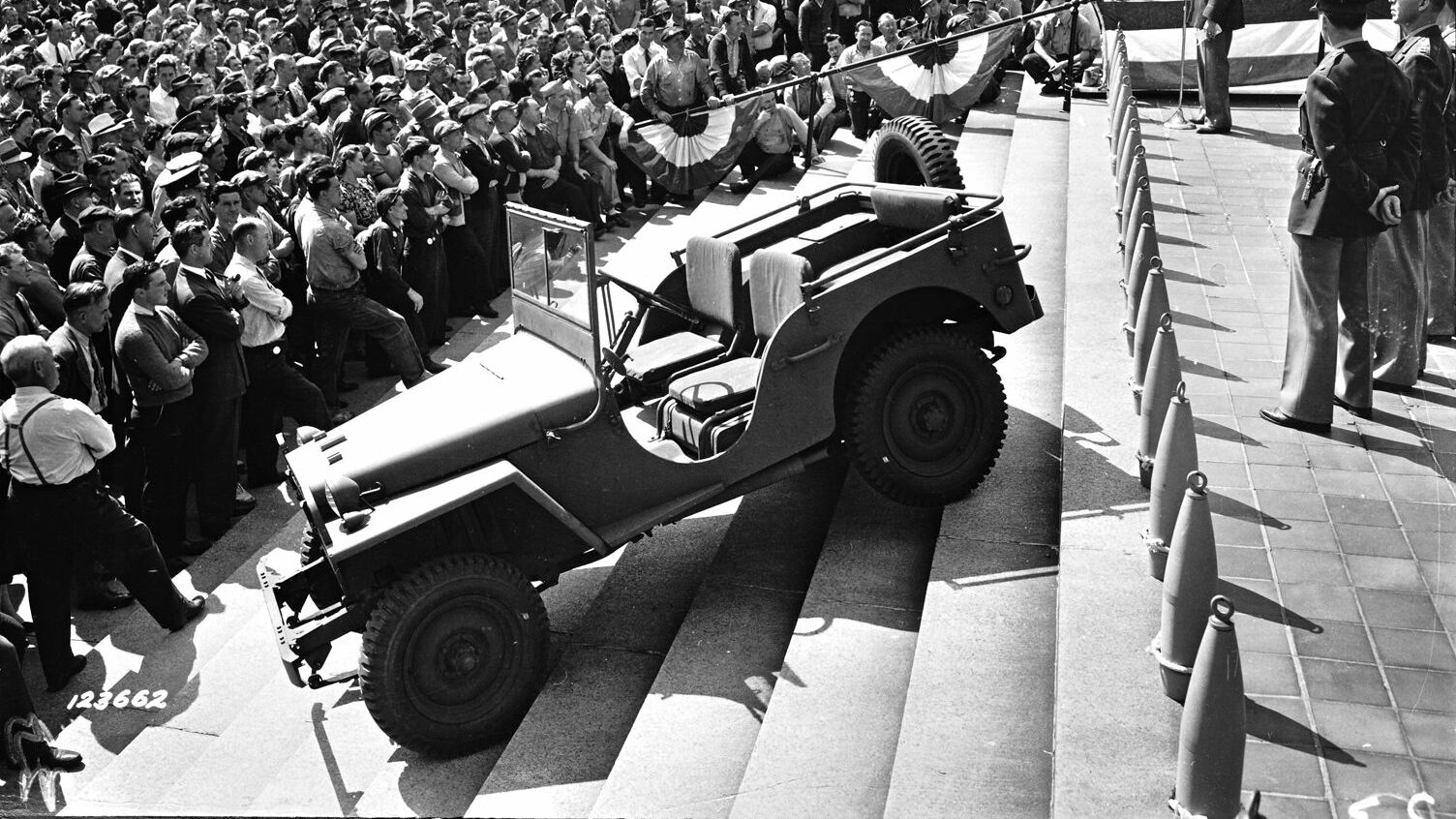
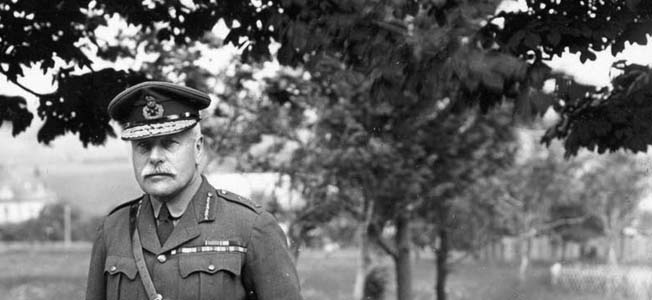
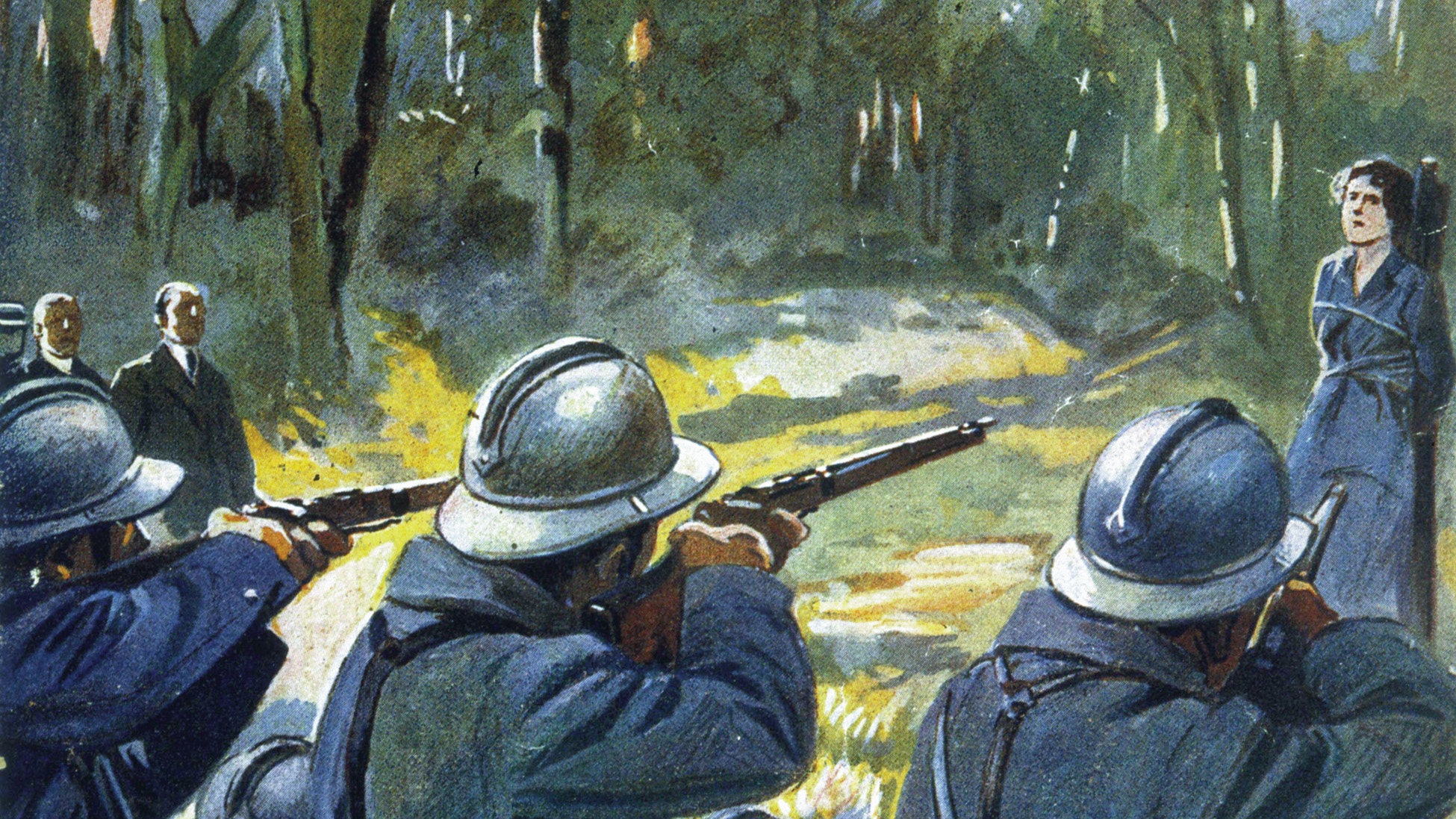
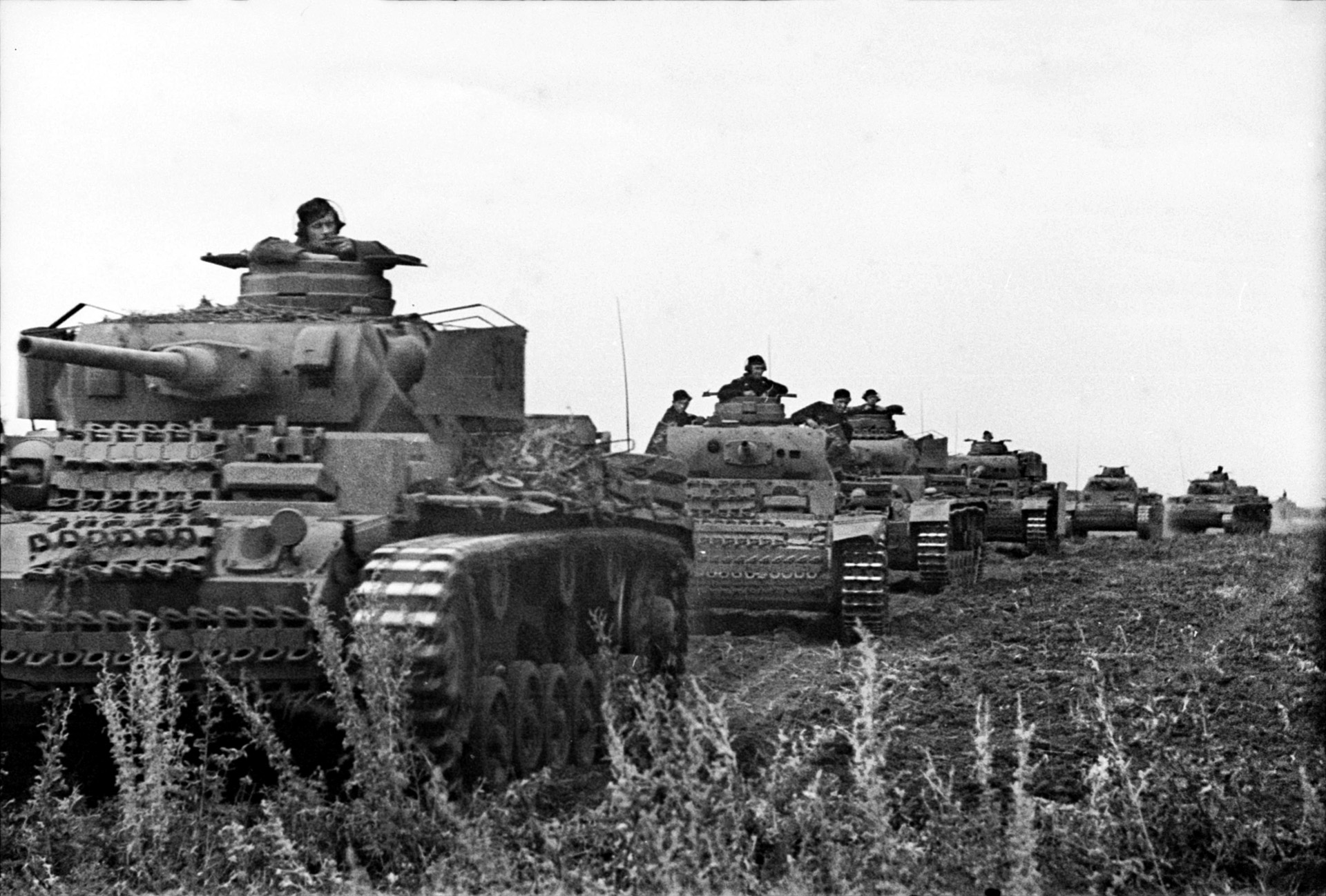
Join The Conversation
Comments
View All Comments